Grow Your Own Plants for Clay Imprints
In this post I’m going to share some of my favorite plants to use with clay — all of which grow well in my home garden, which is zone 7b and follow up with tips for making imprints with leaves.
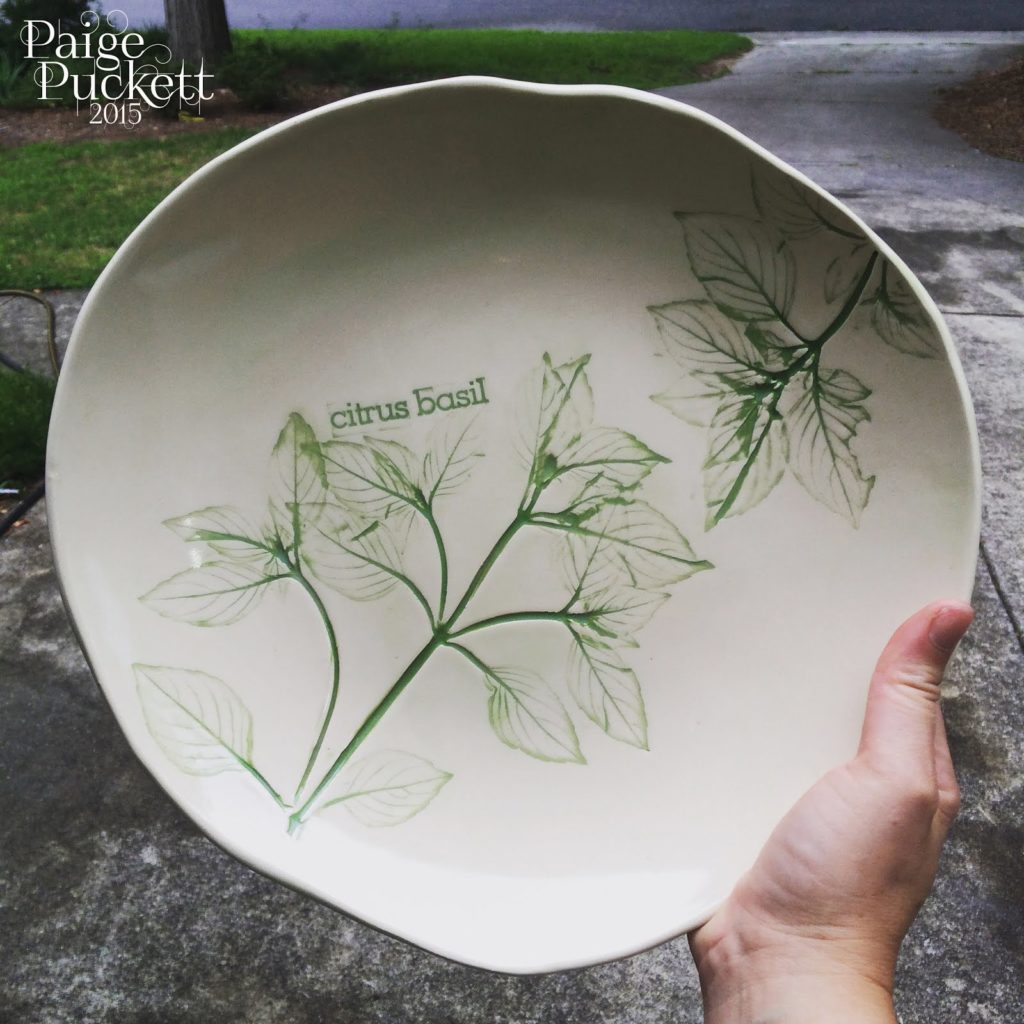
This blog space may come off as being scattered across multiple hobbies and interests, but it’s an accurate reflection of my life. My day to day time is split up between family and home routines, teaching online graduate classes in engineering, home gardening and making pottery. Those last two are hobbies that have begun a gradual marriage. I make planters for small jades, succulents and indoor mini-gardens, and I grow plants which I use to make imprints in clay. Obviously there are so many plants you could use, so this is not a comprehensive list. These are just the ones I grow and have had time to try.
Autumn Fern
Benefits: evergreen, spores add lovely detail. You can get several imprints with one leaf.
Challenge: there are many tiny little leaves, so you have to be careful not to fold them over
Redbud
Benefit: come in many sizes and are heart-shaped. The trees are nearly impossible to kill, so pluck away.
Challenge: leaves are thin and veins don’t always show up well.
Rosemary
Benefit: evergreen, commonly recognized
Challenge: the stem is thick
Oregano
Benefit: smells amazing while you work, they are available year-round in my garden
Challenge: leaf clusters can be dense and not lay flat, so thinning on the backside may be required.
Dill
Benefit: they look like tiny trees!
Challenge: seasonal
Beans
Benefit: leaves lay flat
Challenge: leaves are thin and may lack vein detail
Rue
Benefit: the leaves of this plant are adorable
Challenge: what is rue anyways? This is perennial.
Thyme
Benefit: easy to grow
Challenge: the leaves are so tiny that the detail is easily lost.
Lavender
Benefit: works well as an imprint on a soap dish since many bath bars have “calming” lavender scent.
Challenge: I have a hard time keeping lavender alive, so I quickly run out of stems to cut.
Seeded ornamental grasses
Benefit: seeds make a lovely detail if carefully pressed
Challenge: seeds easily fall off and may leave a mess on your clay surface.
Okra
Benefit: I’m struggling to come up with one
Challenge: heavy on the stems, light on the leaves, prickly!
Sugar Snap Peas
Benefit: curly tendrils are fun
Challenge: I’d rather eat peas!
Tomato
Benefit: leaves have a good thickness and veins that show up well
Challenge: none that I can think of
Basil
Benefit: veins show up well in the leaves
Challenge: stems are thick
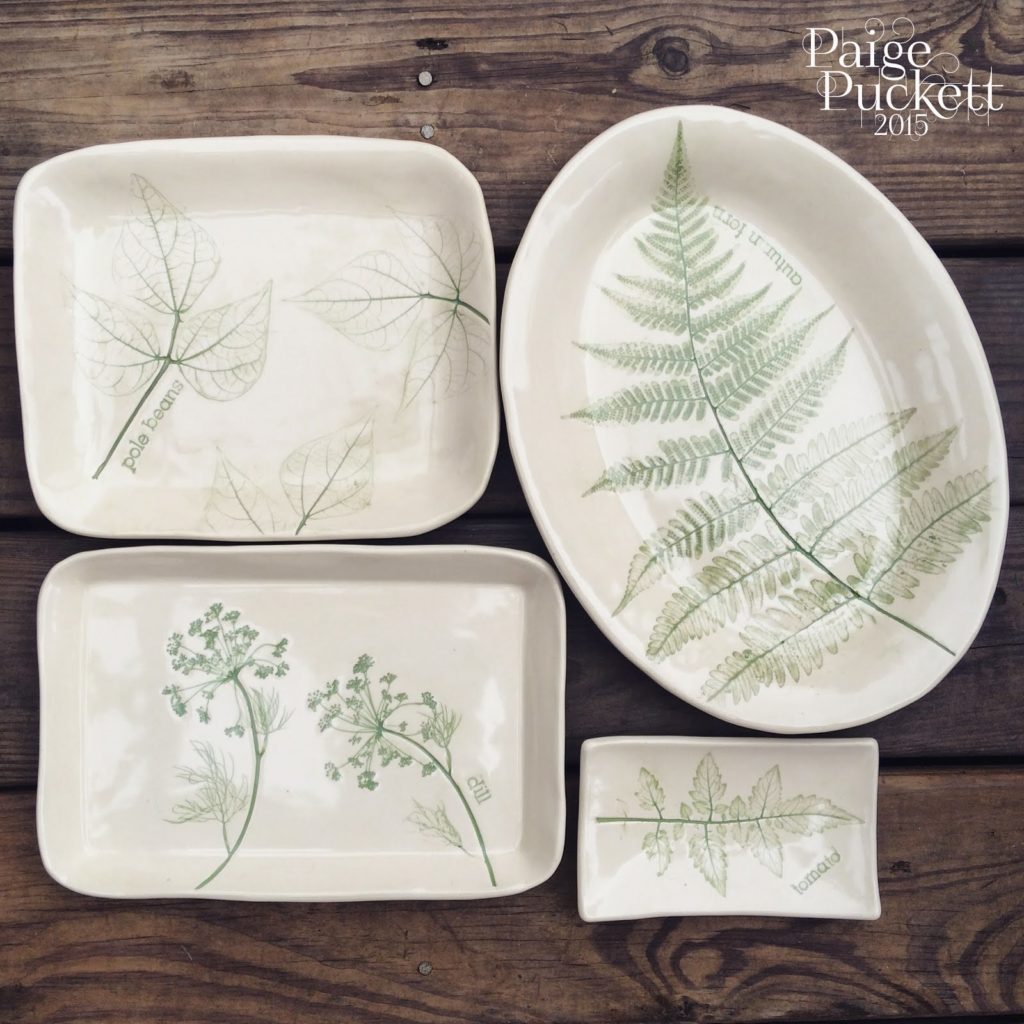
Purchases made through my affiliate links give me a small commission to help run this blog, but don’t cost you any extra.
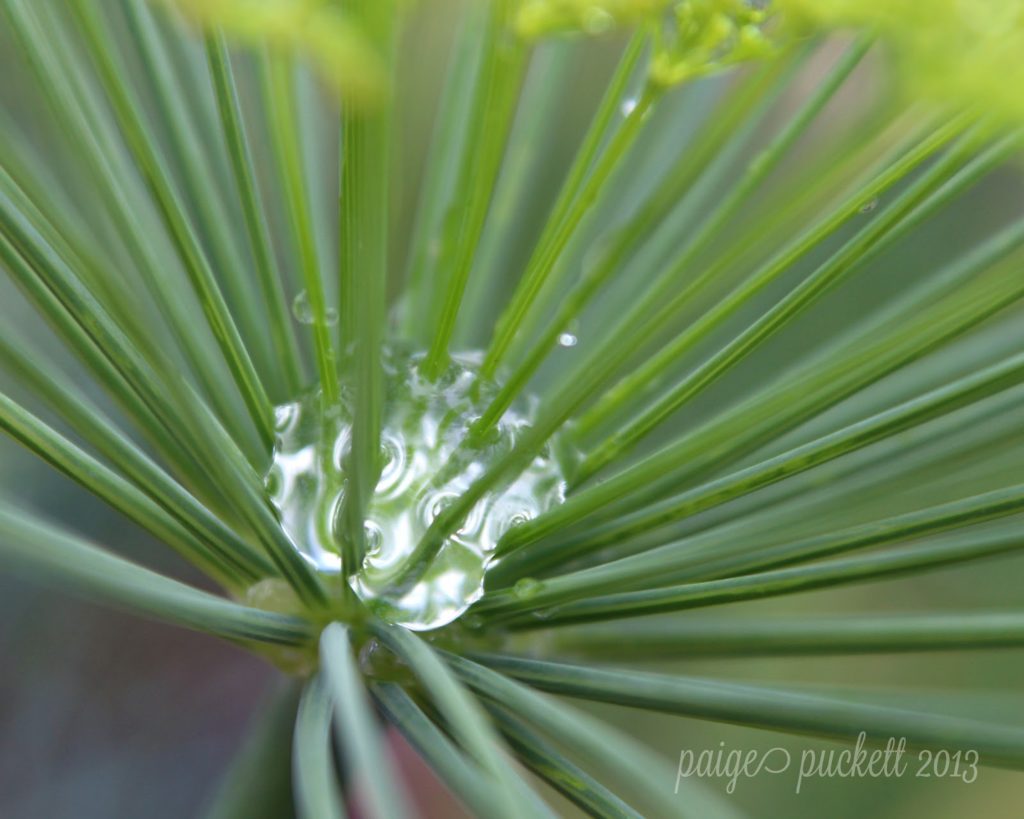
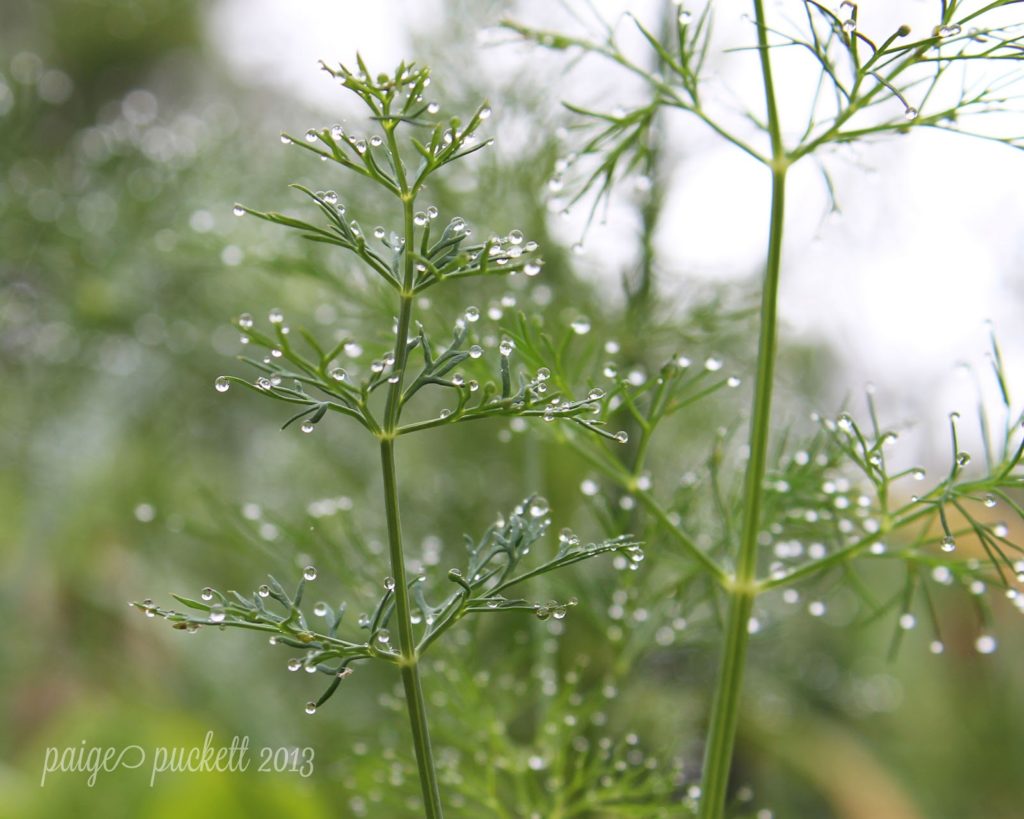
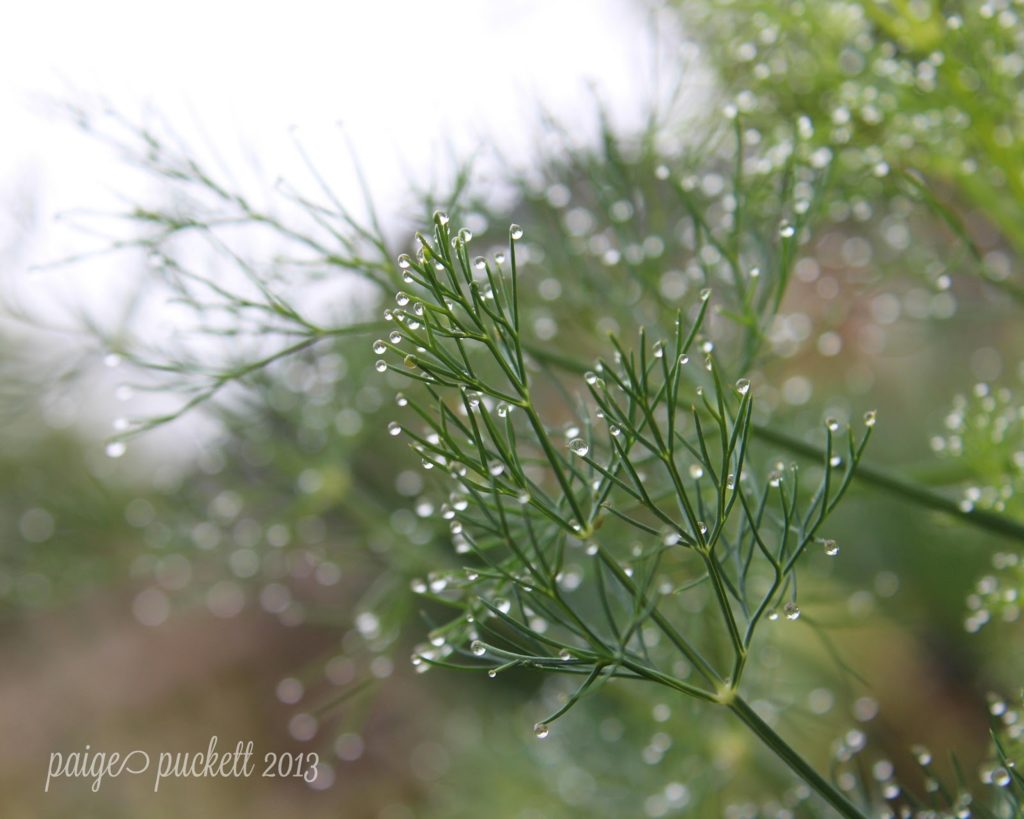
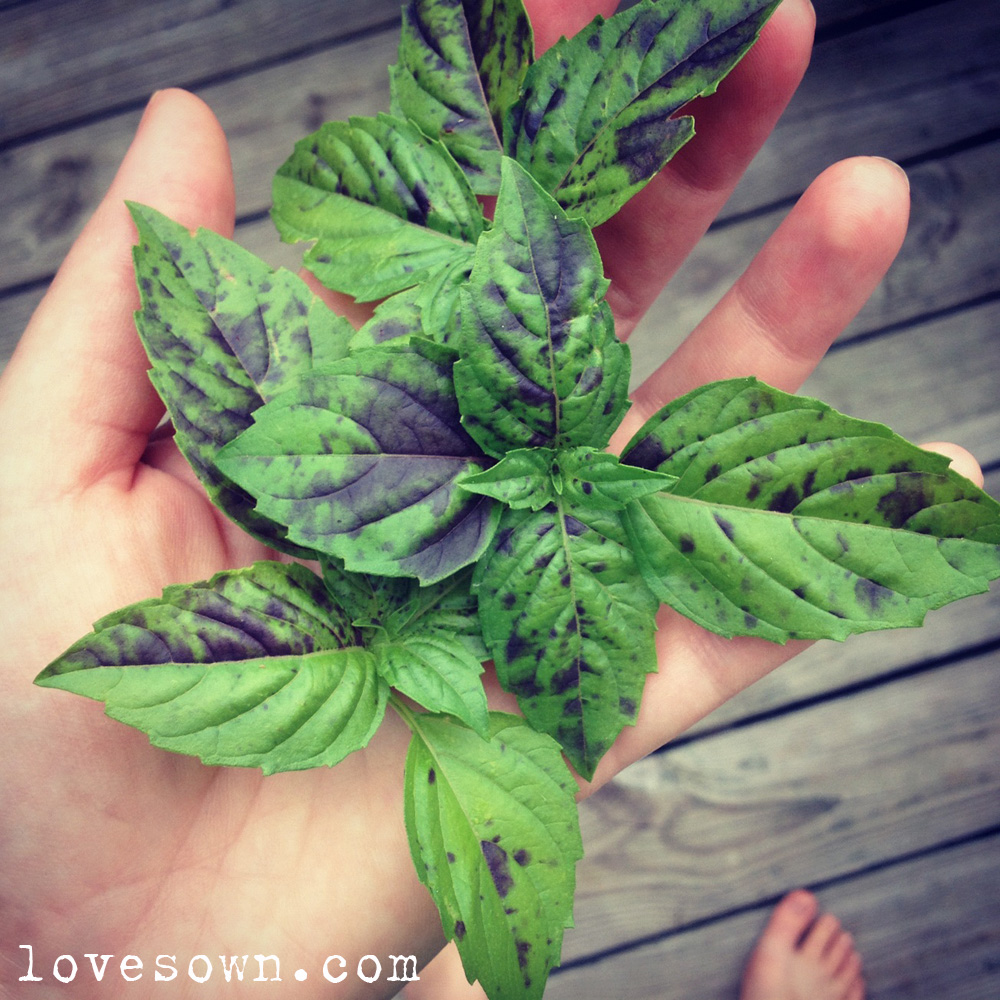
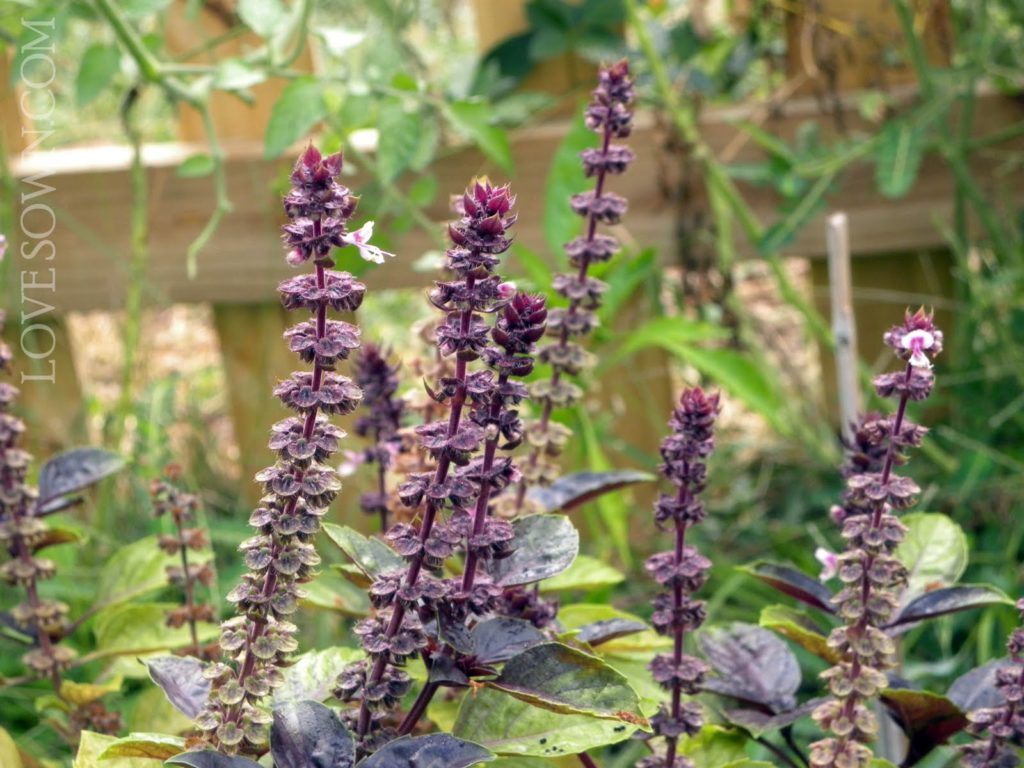
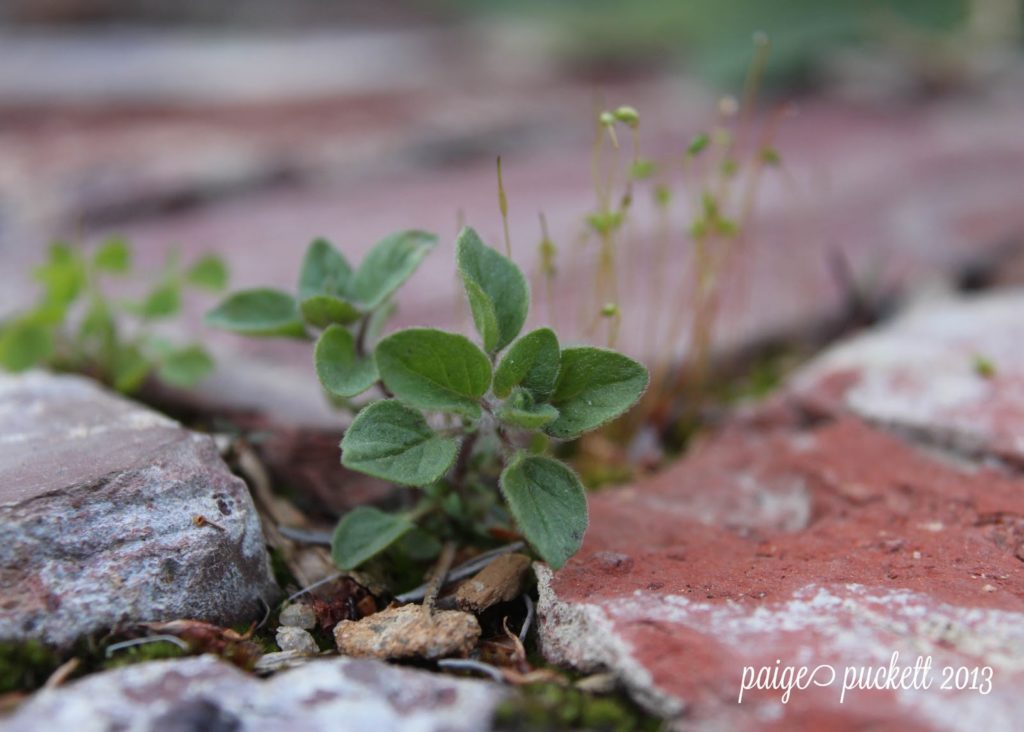
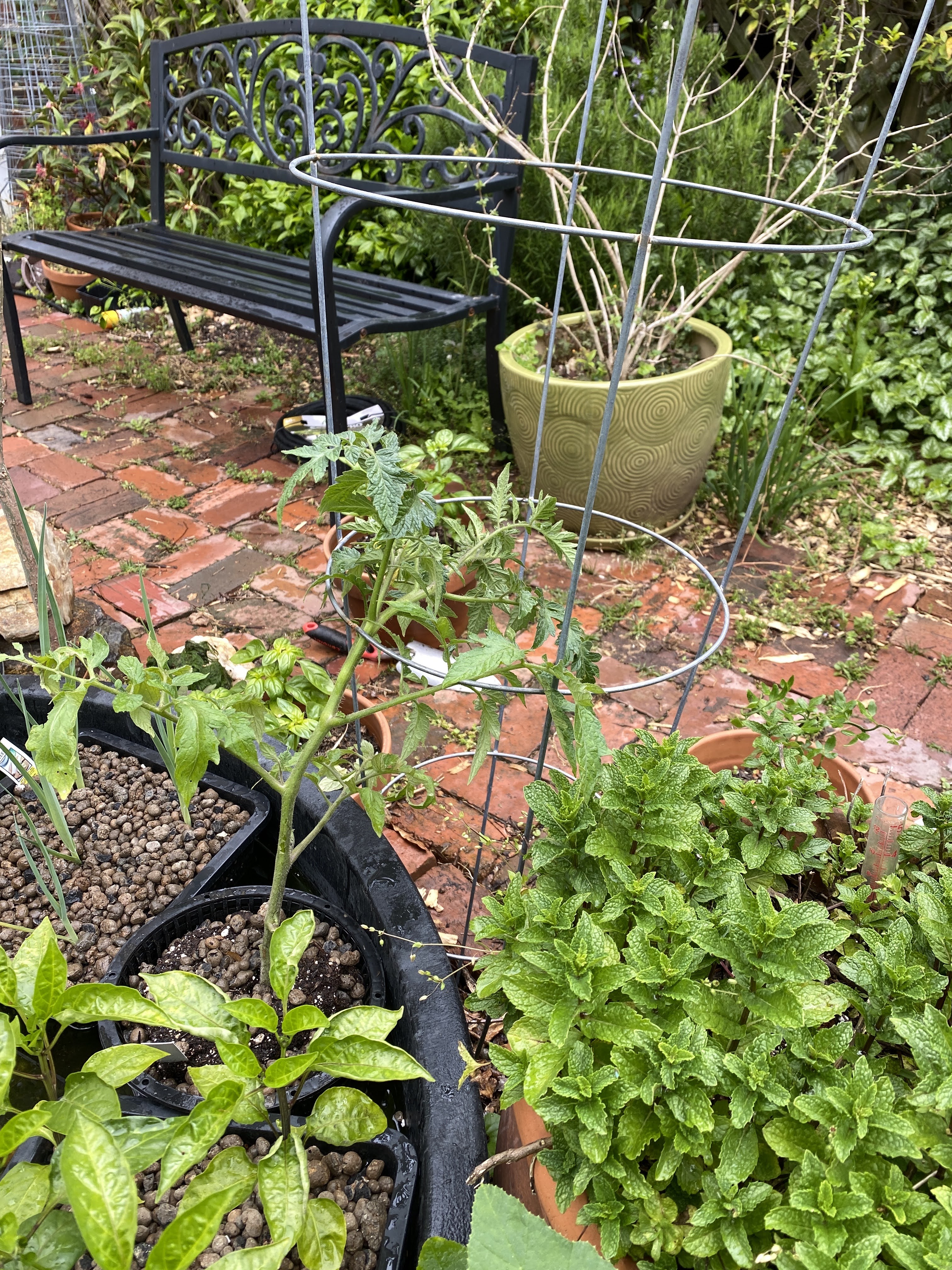
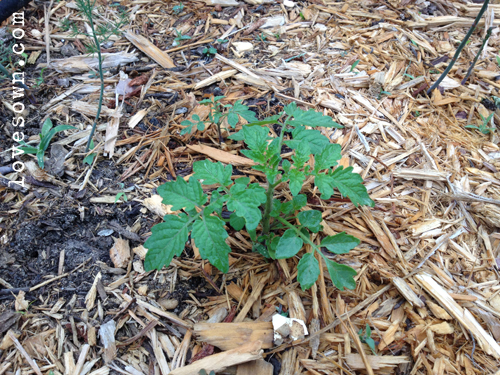
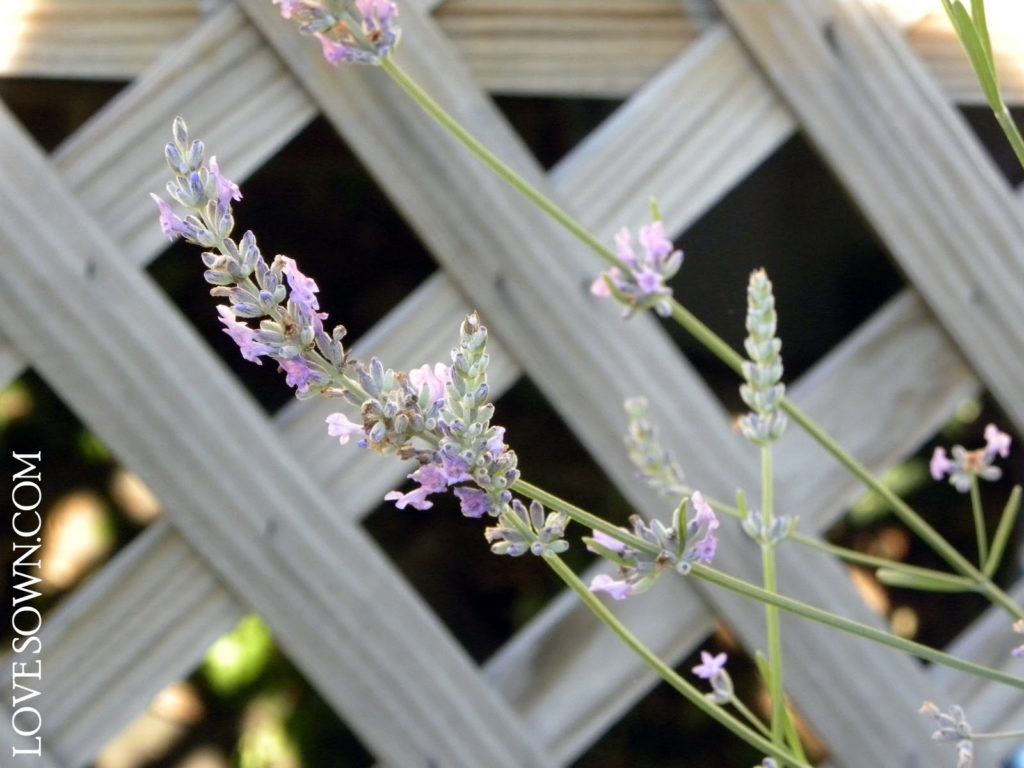
Other projects:
Bead Tree (I) http://www.lovesown.com/2013/03/making-bead-tree-for-kiln.html
Spoon molds: http://www.lovesown.com/2013/02/making-spoons-from-mold-pictorial.html
Cake Stands: http://www.lovesown.com/2013/01/throwing-ruffle-edge-cake-stands.html
Bead Tree (II): http://www.lovesown.com/2013/11/making-bead-tree-for-kiln-part-two.html
Making Ceramic Ornaments with Cookie Cutters http://www.lovesown.com/2014/11/making-ceramic-ornaments-with-cookie.html




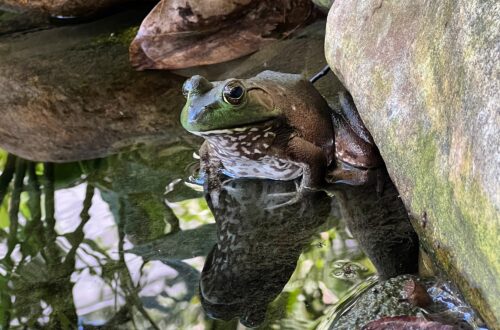
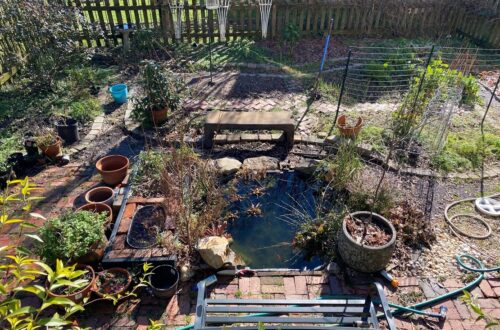
5 Comments
Yvonne
Hello. Can I ask you how to colour these imprints? Is it glaze, engobe or paint?
Paige Puckett
I use Speedball underglazes. https://www.amazon.com/gp/product/B00QQPLWBO/ref=as_li_tl?ie=UTF8&camp=1789&creative=9325&creativeASIN=B00QQPLWBO&linkCode=as2&tag=lovsow-20&linkId=b75f82ff1ec75b48afca13d7a4081c4a
Sherry Burdick
I am just starting out. I really just want to imprint the clay and then do a cast of the imprint. Do you have any suggestions for the type of clay that would be best for the imprinting part of the process? Thanks.
Paige Puckett
Sorry, I have never made casts. Best wishes!
Paige Puckett
Have you considered using silicone? Silicon mold on Amazon